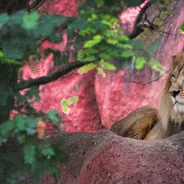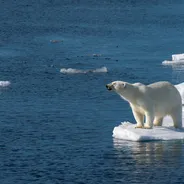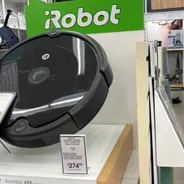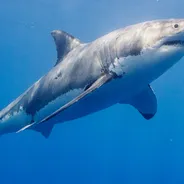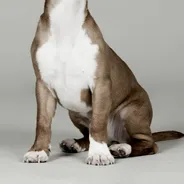Dolphins are highly intelligent creatures. They understand how to have fun, they can communicate with each other effectively, and they can even communicate with us, even following directions given to them in sign language.
Along with that intelligence, though, comes an innate understanding of tragedy and loss. And when those bad things happen to dolphins, they feel an emotional response similar to a human one.
Earlier this week, this became heartbreakingly evident when a dolphin in Perth, Australia, was spotted carrying around the body of her baby.

"A sad outcome for one of the Swan Canning Riverpark’s new dolphin calves," the Parks and Wildlife, Western Australia organisation posted yesterday on their Facebook page.
"The calf was found deceased in Claremont Bay after becoming entangled in a crab pot. Mother Moon was swimming alongside the calf when the pair was located by the Parks and Wildlife Service on Monday after being reported by a member of the public.
"The dead calf has since been freed from the crab pot, but remains in the water with the mother dolphin as she grieves. Dolphins are highly intelligent creatures and are known to stay with their young for a period of time following a death."
So far, Parks and Wildlife have chosen not to intervene, but have said they will do so when the mother has had enough time to mourn her baby.
"We will continue to monitor the pair and remove the calf when appropriate to do so. We ask the public to stay well away from the dolphin and her dead calf during this time," they said. "This is a timely reminder to safely dispose of all fishing lines and ropes and report any tangled wildlife immediately to the Wildcare Helpline."

Fishing lines and crab pots are not supposed to be left in the water unattended, as they can easily wind up injuring - or, in this case, killing - vulnerable wildlife. In light of this, many commenters on the post have expressed their sadness at seeing such a terrible thing happen.
"If only humans could be less incompetent! No other species screws up other kinds, or their own, as much as we do," wrote Gemma Seabourne-Hatton. "Bless the rescuers and for respecting and honouring the time this Mama needs to grieve her wee calf. Thank you, on behalf of us caring humans, we appreciate your work."
"Look at her, trying to bring the calf to the surface so it can breathe.... heartbreaking," added Sharon Spartanette.
Hopefully, this will be a lesson to people to stop polluting our rivers and oceans - not just with plastics or other non-degradable materials, but also with anything that could be hazardous to the wildlife that live there.







